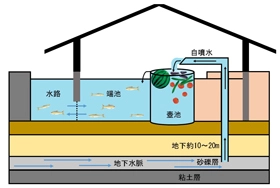I tried looking it up, and most sources still say that cold-weather heat pumps only work until -30c, which still isn't cold enough when parts of my province reached -50c. I am not saying I don't believe you, just that I would like to know more haha. According to this, Norway is pretty comparable climate wise to the Canadian averages, but Canada does get colder, so I hope it's not just that.
Heat pumps are gaining in popularity here, just not on their own yet.

Please share photos if they work out! I can't grow them here, so instead I will be rooting for yours. ٩( ᐛ )و